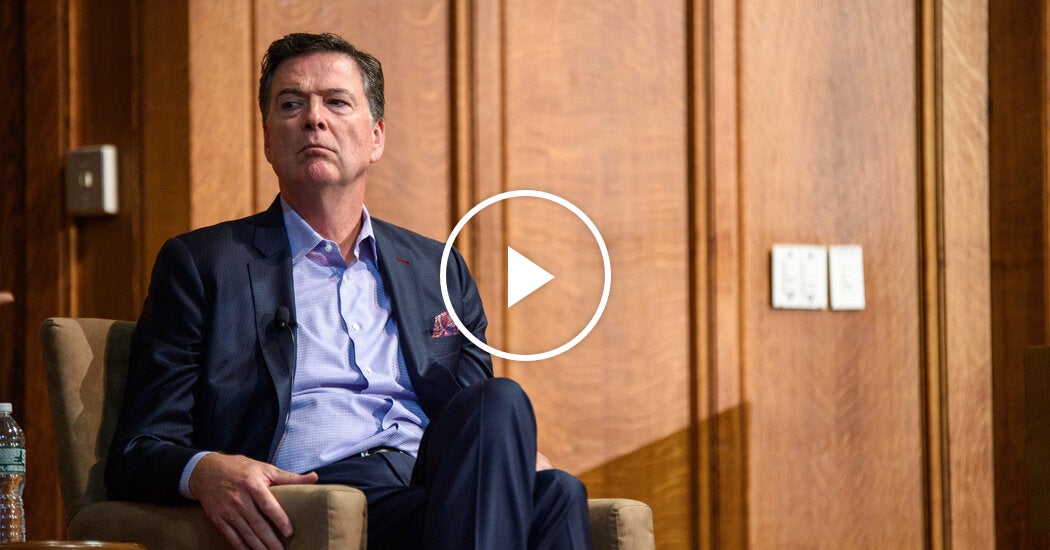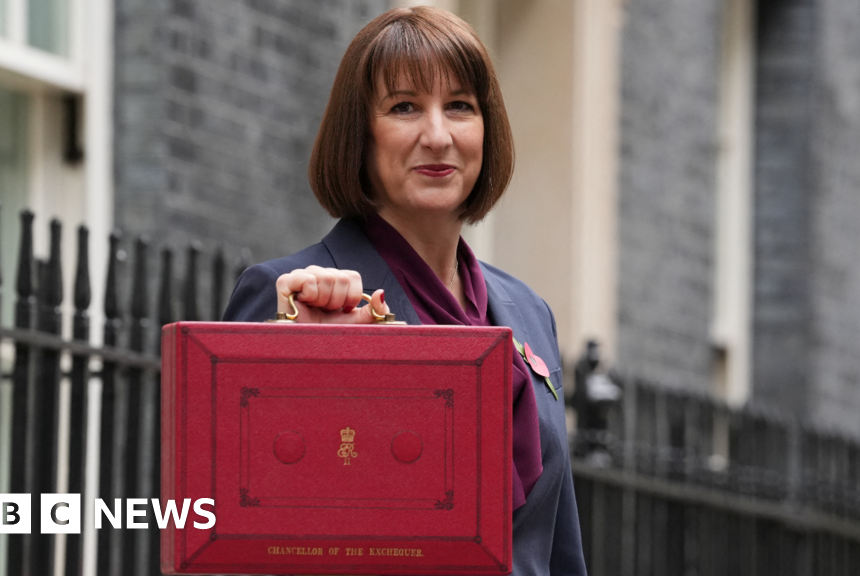More than 23 million Americans are currently enrolled in Obamacare plans, and nearly all of them will face higher health care costs next year if extra federal funding for subsidies expires, as scheduled, on Dec. 31.
Share of population enrolled in Obamacare plans
Democrats in Congress are withholding their votes on a government spending bill to demand that Republicans extend these subsidies, which lower the cost of insurance for people who buy their own health care coverage in marketplaces established by the Affordable Care Act. Since Congress introduced the extra funding in 2021, enrollment has doubled.
These Americans live nearly everywhere in the country, but their numbers are especially concentrated in a handful of red states whose governments have declined to expand Medicaid programs to cover poor, childless adults.
Fifty-seven percent of people with this type of insurance live in Republican congressional districts.
Obamacare enrollment rates, by congressional district
Districts represented by Democrats
Districts represented by Republicans
The difference is driven by extra enrollment in states that hadn’t expanded Medicaid since the Affordable Care Act encouraged states to do so in 2014. Obamacare was designed to cover the poorest Americans with Medicaid and then offer subsidies for people who earned more. There is a small share of the income distribution that overlaps; those people are eligible for Medicaid where it is available, and subsidies where it is not. As a result, more low-income Americans are eligible for subsidies in states that don’t offer Medicaid to all poor adults.
Since subsidies became more generous in 2021, overall enrollment has more than tripled in six red states: Texas, Louisiana, Mississippi, Tennessee, Georgia and West Virginia. Of that group, only West Virginia expanded Medicaid.
Obamacare coverage has become especially widespread in south Florida, where there is a large concentration of low-wage workers and early retirees.
Most of the congressional districts with the highest enrollments are in states that Trump won in the presidential election, but not all are represented by Republicans in Congress.
Districts with the highest Obamacare enrollment rates
Americans with relatively low incomes make up the largest group of enrollees by far. Nearly half of consumers nationwide earn less than 150 percent of the federal poverty level, around $24,000 for a single person in most states or around $48,000 for a family of four. These people tend to work in low-wage jobs that don’t offer health insurance, have part-time employment, or are freelancers who work gig jobs.
The extra subsidies are especially generous for this group. As long as they choose one of the two lowest-cost plans in their market, they don’t have to make any monthly payments for their premiums. Critics of the subsidies think these are so generous for this group that they have invited fraud. If the subsidies expire, the share of premiums for this group will go up to around $27 to $82 a month.
Obamacare enrollment, by income range
| Income range | Share |
|---|---|
| 100–150% of federal poverty level
Individuals: $15,650–$23,475 Household of four: $32,150–$48,225 |
45%
10.9 million people |
| 150–200%
Individuals: $23,475–$31,300 Household of four: $48,225–$64,300 |
18%
4.3 million |
| 200–250%
Individuals: $31,300–$39,125 Household of four: $64,300–$80,375 |
10%
2.5 million |
| 250–300%
Individuals: $39,125–$46,950 Household of four: $80,375–$96,450 |
7%
1.7 million |
| 300–400%
Individuals: $46,950–$62,600 Household of four: $96,450–$128,600 |
7%
1.8 million |
| 400–500%
Individuals: $62,600–$78,250 Household of four: $128,600–$160,750 |
3%
724,961 |
| 500% or above
Individuals: $78,250 or above Household of four: $160,750 or above |
4%
911,808 |
Americans who earn more than 400 percent of the poverty level, around $63,000 for a single person in most states or $129,000 for a family of four, make up a much smaller share of the market, around 7 percent. This group tends to include people who are self-employed or who work for small businesses, and early retirees — all of whom lack work-based options.
In dollar terms, the expiring subsidies will make the biggest difference for this group. With the extra subsidies, their payments are capped at 8.5 percent of their income. Without action, they will have to pay the full cost of their insurance next year, more than $2,000 a month for older people in the most expensive markets.
Some conservative critics of the extra subsidies argue this group earns enough that they should be expected to pay their insurance premiums without help.
Without the extra subsidies, analysts expect that millions of Americans enrolled in Obamacare will drop their insurance coverage or face higher prices. The Congressional Budget Office estimates that around two million more people will become uninsured next year without the extra financial help, and the number could rise to 3.8 million by 2035. Other analyses have estimated even larger reductions in coverage.
Exactly who will become uninsured is difficult to know. But Cynthia Cox, a vice president at KFF, a health care research group, said the losses were most likely to occur in the places where signups had risen the most since the extra subsidies became law in 2021.
Change in enrollment from 2020 to 2025
| State | Change in enrollment | 2025 total | Margin | |
|---|---|---|---|---|
| Tex. | +255% | 4 million | R+14 | |
| Miss. | +242% | 338,159 | R+23 | |
| W.Va. | +235% | 67,113 | R+42 | |
| La. | +234% | 292,994 | R+22 | |
| Ga. | +228% | 1.5 million | R+2 | |
| Tenn. | +221% | 642,867 | R+30 | |
| Ala. | +198% | 477,838 | R+31 | |
| Ohio | +197% | 583,443 | R+11 | |
| S.C. | +195% | 631,948 | R+18 | |
| Ariz. | +177% | 423,025 | R+6 | |
| Ark. | +159% | 166,639 | R+31 | |
| Ind. | +155% | 359,240 | R+19 | |
| Iowa | +151% | 136,833 | R+13 | |
| Fla. | +147% | 4.7 million | R+13 | |
| Kan. | +133% | 200,046 | R+16 | |


